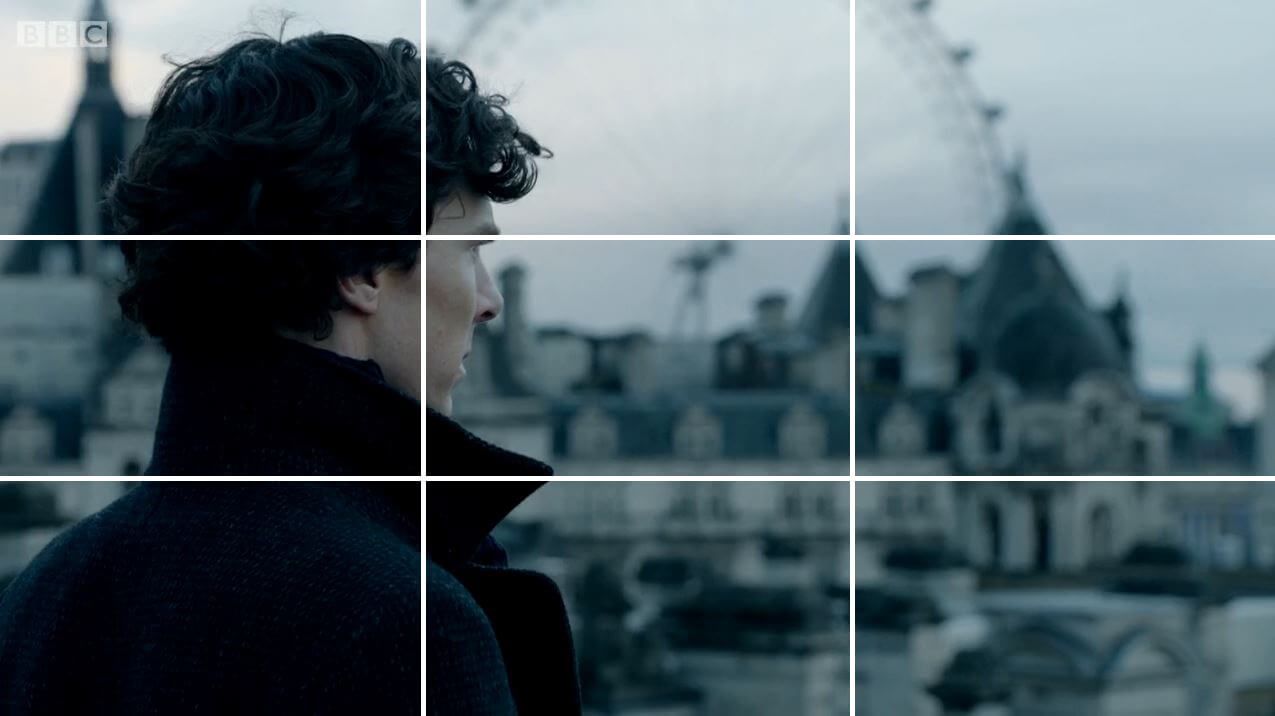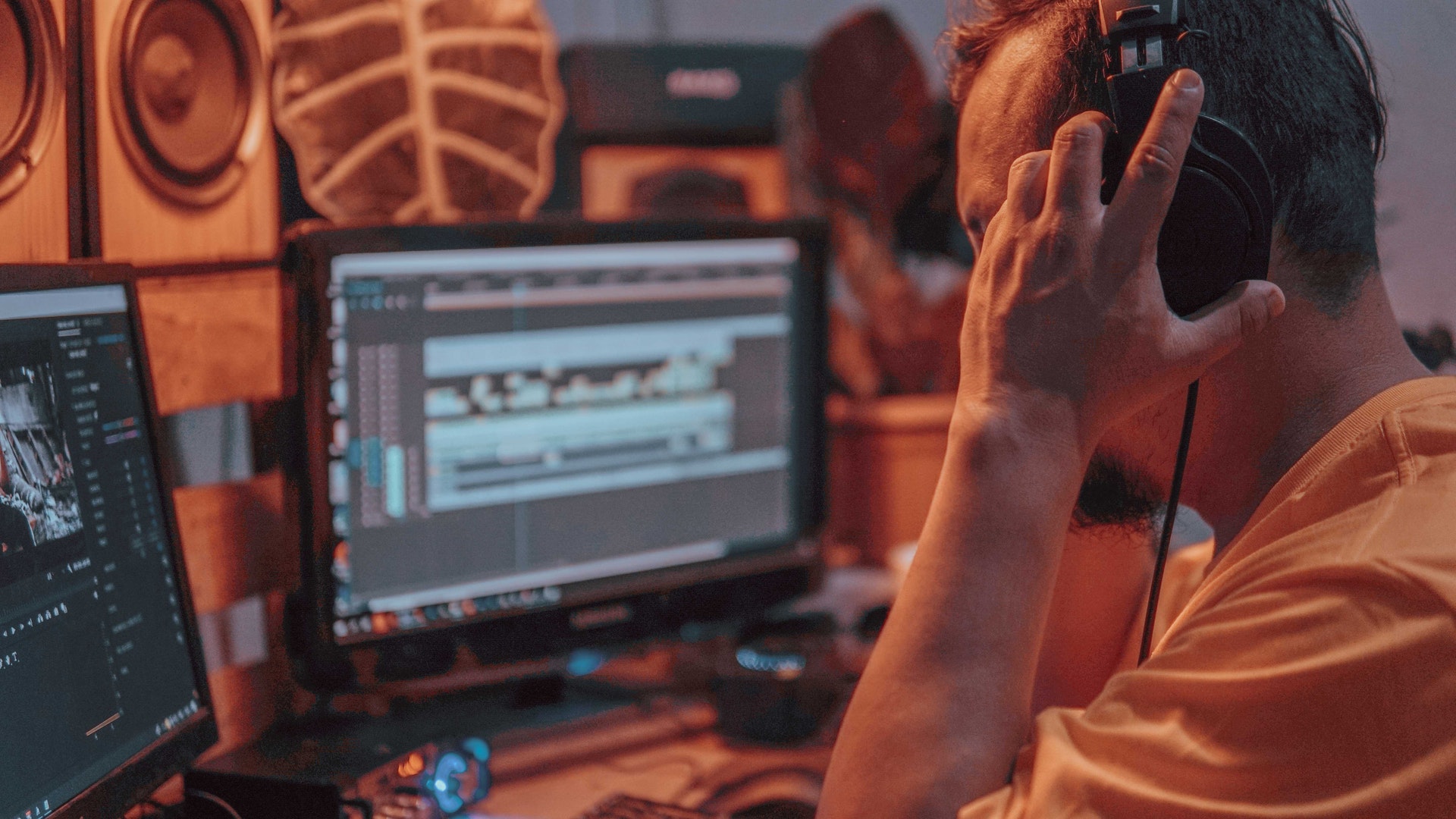
A beginning filmmaker might find it difficult to figure out where to start with videography. Before you can start making your movie, it’s important to know the basics. You want to make sure you have all the bases covered, so that a potential client looking to hire you is confident in their choice.
This is a checklist of cinematography techniques that any beginner can use as a starting point or reference for their videography skills. Some tips include camera types, lens sizes, and the basics of composition. Let’s take a look!
If you are not skilled at editing or you want to save your time - feel free to address our professional service. They will edit your RAW video, improve the colors, add transitions, music, sounds, and stabilize your footage. They can also follow your unique editing style.

You may think that the main part would be the filming itself. But when trying make a viral video you should never underestimate the importance of thorough preparation. The first thing you need is a well-thought script. There is no point in wasting time making a video with no coherent message. Let your video serve a purpose.
The script gives you direction on what, where, and when to shoot. It also helps in determining how long the video will be. A lot of people think that they can simply write anything in their scripts, or they just jot down whatever comes into their mind at the moment.
These are not advisable practices because it can cause conflicts with the filming process if you need to reshoot something for another take.

A storyboard is a strip-like outline of scenes in your film. Drawing a storyboard will give you an opportunity to plan out the set of the video. You can start with stick figures or use more developed sketches.
A storyboard provides videographers with a visual representation of events and ideas to capture on video. By studying a storyboard, videographers can determine the types of shots needed for their project and the best order to film these shots. You can create one, using storyboard software, like FrameForge.

There’s no point denying that your DSLRs for video is as important as your vision, especially when considering a budget filmmaking camera. It doesn’t necessarily have to be expensive, but rather fit your needs. However, when looking for the best video camera or you, you should consider the following:
You may have other parameters in mind too, but the most important thing here is to prioritize them and choose the most suitable camera for your money.

Composition in videography is one of the most important filmmaking techniques a filmmaker should know. It is the way a videographer composes their shots and takes into consideration lighting, subject matter, camera placement, and other visual elements. A videographer should use all tools at their disposal to compose their shot in order for them to tell a story with an effective, informative image.

This should be much easier if you transition from photography to videography. If you want examples of excellent videography composition, check out any of Wes Anderson’s films, such as Moonrise Kingdom or The Grand Budapest Hotel.

Lighting is something else filmmakers need to understand because poor lighting conditions can ruin videography. A videographer needs to be aware of the lighting sources they can use to improve the picture. Some videographers use natural lighting, but others prefer artificial lights, including fluorescent, neon, or LED lights for photography.
Lighting is more than just a source of illumination for videography; it also creates mood and atmosphere. Many videographers add special effects to their videos through creative lighting techniques. For example, videographers may shine a blue light during an underwater shot to create a cold atmosphere while using yellow lights on a sunset scene for warm tones.

The camera is often attached to a tripod or monopod, which provides stability and prevents unnecessary shaking. Even the slightest movement can result in blurry footage, so it is important to have a sturdy tripod. Make sure the one you are purchasing has adjustable legs, so that different heights can be achieved.

Many videographers will spend lots of money on most expensive cameras and lenses but fail to invest in a good video tripod. A cheap model from any tripod brand may not be able to stabilize the image properly. If you need a steady image but still want a little bit of mobility, think about getting a DSLR gimbal, or build your own DIY gimbal. It adjusts to the camera but lets you pivot it to get different angles.
Sound is one of the most important filmmaking techniques that many beginners neglect. You can edit the video all you want, but if the sound doesn’t match up exactly, it looks unprofessional and distracts your audience. There are different tools that provide high-quality audio editing, like music management software but you can do a lot of things in advance to avoid the most common mistakes.


After you’ve filmed some dialogue, it’s important to cut between close-ups and long shots. This can be done by zooming in on the subject as they speak and panning back as they answer a question. Close-ups are focal points of the video that suck your audience into what is going on t, while long shots give the audience a wider view of the surroundings.
The change of shots adds depth and dynamics to the video. In addition, it helps to emphasize important details or show the whole scene as an illustration of the mood of the characters. Here are the most basic cinematographic shot sizes:
There are two more types of shots – over the shoulder and POV (first-person perspective), but they require specific reasons to film using them.
After you’ve filmed editing, it’s time to put all the pieces together. Video editing is one of the cinematography techniques that can be intimidating to those who have never done it before. An important tip is to have a vision.
When you edit your video, it’s important for you to know what kind of style or theme you want the final product to be like before cutting and splicing everything together. Do you want viewers to feel relaxed? Intense? Bizarre? Knowing this will help guide how each transition and special effect should look in order to give that certain “vibe” that matches your overall goal for the project.

Editing a movie is not just about splicing together random shots you have taken or recording long uninterrupted takes of action. Instead, you need to include different types of videos to create an engaging film that will grab the audience’s attention. Just like having the right video software, it’s important to know the basics so they can make the most out of their videos.

The colors of your video will affect how it is perceived by the viewer. Poor color improvement can make a videographer appear unprofessional and disorganized, so take some time to decide what look you want for each section of your video.
For example, if you have a lot going on in one scene or there are multiple people being filmed at once, desaturating the background while keeping skin tones rich may be best as this draws attention to those who are speaking without making viewers feel overwhelmed with different shades of brightness/contrasts all competing for their focus.

Use levels settings that aren’t too high or low as these could distort images into an unwanted shape – unless that’s something specific you’re going for!
Watch over your videography very carefully before you release it. Make sure there are no mistakes or anything inappropriate included. Especially when it comes to realizing YouTube video ideas, you don’t want your audience being turned off by any errors they may find through watching it live over and over again. Remove all unwanted footage from the main video – and include it in the bloopers video if you want.
Another videography tip is understanding when not to use transitions between clips and too many filters. Transitions can add a lot of flare, but they aren’t always needed. A good rule of thumb while using video editing software for Windows, or video editing software for Mac is if one clip flows nicely into another without any overlap, then there doesn’t need to be any transition. This gives the video a more professional look and feel.
Effective filmmaking is about conveying a narrative that resonates with the audience emotionally. Too many effects or flashy transitions can distract from the story, diluting the impact of the message you're trying to convey. Subtlety, on the other hand, allows the narrative to breathe, letting the audience connect with the characters and plot without unnecessary embellishments.

Want to speed up your editing process even if you don’t have much experience? Use these high quality tools created by professionals as an addition to filmmaking techniques. The collection includes almost 300 effects that will instantly add appealing colors to your footage.